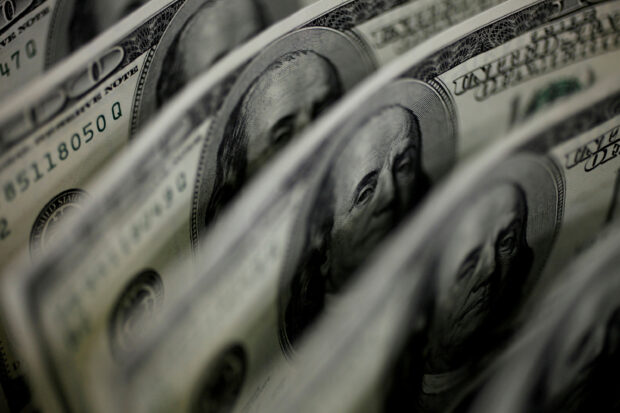The Singapore dollar experienced instability as it reached a one-year low against its major counterparts. Investors are eagerly awaiting new catalysts to determine if the dollar will continue to decline after last week’s lower-than-expected U.S. inflation report. The U.S. dollar index, which measures the dollar against six currencies, fell slightly to 99.84 in early Asia trade, reaching its lowest level since April 2022 on Friday. Last week, the index had its worst performance of 2023 due to data showing decreased U.S. inflation, relieving pressure on the Federal Reserve to raise interest rates.
Currency strategist Carol Kong from the Commonwealth Bank of Australia believes that the dollar will continue to face selling pressure, with markets focused on the end of the Federal Open Market Committee’s tightening cycle. The euro reached a 17-month high of $1.1256 against the dollar, while the British pound gained 0.15 percent and traded at $1.3094, nearing last week’s peak of $1.3144, which was its highest in over a year.
The market has already factored in a 25-basis-point interest rate hike by the Federal Reserve at its upcoming policy meeting, although rates are expected to decrease as early as December. Conversely, investors anticipate the European Central Bank and the Bank of England to continue raising rates.
The Japanese yen saw a slight increase to 138.66 per dollar, maintaining a more than 4 percent difference from its seven-month low last month. Investors are closely watching the Bank of Japan’s upcoming monetary policy meeting to determine if the central bank will begin phasing out its ultra-dovish policy stance. Economist Ryota Abe from SMBC noted that more market participants are pricing in the possibility of the Bank of Japan widening its yield curve control policy’s trading band by 25 basis points in the next meeting.
Other currencies, such as the Australian dollar and the New Zealand dollar, experienced fluctuations. The Australian dollar pared some earlier gains due to the Reserve Bank of Australia’s restrictive policy on interest rates. On the other hand, the New Zealand dollar rose by 0.1 percent. These currencies, often used as proxies for the Chinese yuan, dipped on Monday following China’s weak second quarter GDP data.
The offshore yuan had a marginal increase to 7.1749 per dollar. Market participants are waiting for concrete measures from the Chinese authorities to support economic growth, as the government has expressed its intentions but markets require actions to back up those words.
[Subscription message removed]
NOTE: Improve syntax and tone, as well as SEO optimization and human readability.
Denial of responsibility! VigourTimes is an automatic aggregator of Global media. In each content, the hyperlink to the primary source is specified. All trademarks belong to their rightful owners, and all materials to their authors. For any complaint, please reach us at – [email protected]. We will take necessary action within 24 hours.


